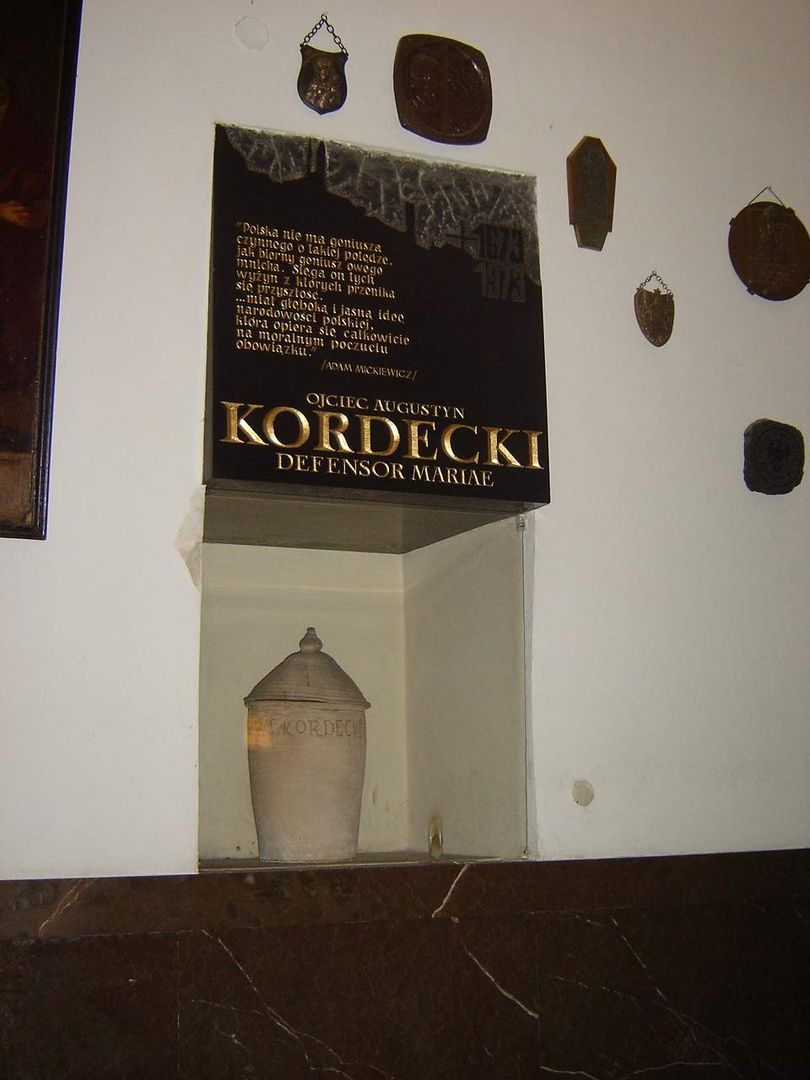The Chapel of Our Lady of Częstochowa at Jasna Góra
6.71

Overview
The Chapel of Our Lady of Częstochowa, also known as the Chapel of the Miraculous Image, is located at Jasna Góra in Częstochowa and is the most important Marian sanctuary in Poland, under the care of the Pauline Fathers. It was established between 1367 and 1372 by Duke Władysław Opolczyk, who brought the Pauline Order to Poland. The stone church, originally a simple structure, was built between 1384 and 1391. The current architecture of the chapel is the result of expansions that took place from the 17th century onward, focused around key elements such as the presbytery, the Chapel of Our Lady, and the annex. The chapel is approximately 56 meters long and 16 meters wide, with the oldest part, the presbytery, adorned with paintings from the 15th and 16th centuries. The centerpiece is the silver altar, funded in 1650, which houses the Miraculous Image of Our Lady of Częstochowa. The consecration ceremony of the altar gathered around 40,000 faithful. The chapel has witnessed many historical events, including the defense against the Swedes in 1655. It is also a place of numerous votive offerings, including the cincture of John Paul II’s cassock, offered as a token of gratitude for his survival after the 1981 assassination attempt. The annex, built between 1929 and 1933, is a modern addition to the historic structure, with preserved details such as Rococo stalls. The chapel serves functions centered around devotional practice, reflecting a deep connection with Polish history, as well as the nation’s religious and social heritage. Important figures are buried in the chapel’s crypt, including Father Augustyn Kordecki, the defender of the Częstochowa fortress. The chapel and its surroundings are rich in architectural details, such as decorative portals and stuccowork, making it not only a pilgrimage site but also a valuable architectural monument. Additionally, its walls feature numerous plaques commemorating the defenders of Poland’s independence, underscoring its role as a site of national memory.
Location
Tickets
Powered by GetYourGuide
2025 Wizytor | All Rights Reserved